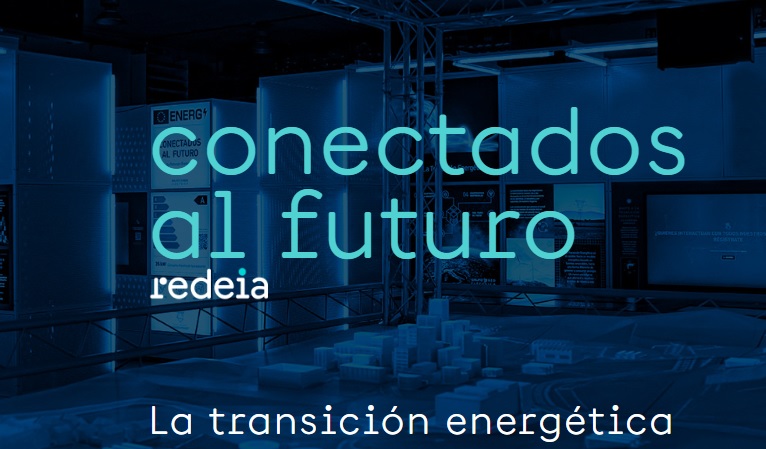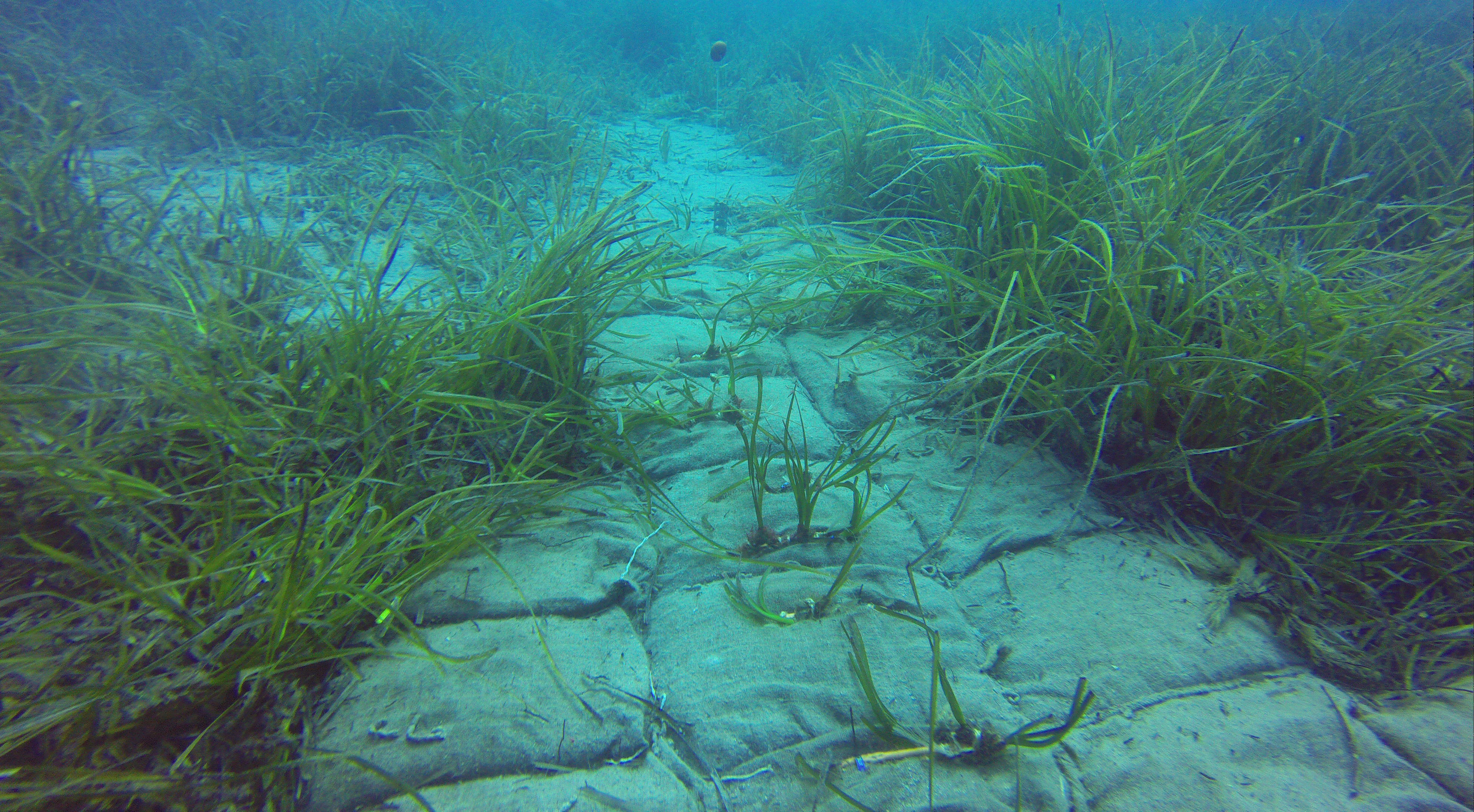We are a global operator of essential infrastructure
- Researchers from the UAB have been studying the behaviour of the biodiversity beneath Red Eléctrica’s power lines since 2020.
- The open clearings below the lines represent an oasis of biodiversity where butterflies and other insects can thrive.

Researchers from the Universitat Autònoma de Barcelona (UAB) have discovered new colonies of the alcon blue butterfly (Phengaris alcon) in the spaces below the transmission lines of Red Eléctrica, which can serve as refuges for biodiversity, especially for species that require open spaces, like this lepidopteran, one of the most threatened in Catalonia.
Like many other insects and pollinators, the alcon blue is in decline in Catalonia, where its distribution is limited to specific areas of the Pyrenees and other areas with open spaces, often associated with extensive livestock grazing areas and mowing meadows. The reasons for their population decline can largely be attributed to changing land use and other alterations caused by human activity.
In particular, the decline in traditional livestock farming has led to an increase of scrubland and forests, fragmenting their habitats and causing the populations of this species, some of which are quite small, to disappear.
This regressive trend has caused the alcon blue butterfly to now be classified as “threatened” in the catalogue of Catalonia’s fauna and in the Atlas y Libro Rojo de los Invertebrados de España, published by the Ministry for Ecological Transition and the Demographic Challenge.
The discovery of new sites and colonies has been made possible by the “Naturaleza en Red” collaboration between Redeia, Red Eléctrica’s parent company, the Universitat Autonoma de Barcelona and the environmental organisation Bufalvent. These three entities are carrying out a joint project to study the biodiversity existing under the power lines, evaluate the effect of their operations on the flora and fauna, and map the lines which have the greatest potential as safe havens of biodiversity for species that live in open spaces.
Four years of study
Naturaleza en Red began in 2020 and focuses on pollinators and the flora associated with the clearances created by forest management in the safety corridors under the electricity transmission lines and their electricity pylons (also known as ‘towers’).
Not only has it been possible to evaluate the variety and abundance of butterfly species, but also of Diptera and Hymenoptera. The project’s researchers, Xavier Munill, Ana Morton and María Font have also highlighted the large number of orchid species found underneath the lines.
“Power lines create a scattered mosaic of unique safe havens for species that live in open spaces. These islands of biodiversity, in many cases, are critical spaces because of the current situation with some species of flora and fauna under threat. This study offers a new vision of the zones subject to forest management under the electricity lines, which make it possible to maintain and manage species of pollinators and uncommon flora” explains Ana Morton, lecturer in the Department of Animal Biology, Plant Biology and Ecology at the UAB.
Over the last few decades, pollinators have suffered a decline in population on a local, European, and global scale. This group of insects is essential for the ecosystem because not only do they make it healthier and more resilient, but they are also vital for agriculture and human health.
Power lines as biodiversity corridors
The results of this study financed by Redeia will allow us to evaluate the diversity and abundance of the fauna and flora concentrated in these spaces underneath power lines, the presence of threatened and endangered species, and the effect of the lines as biodiversity hotspots. It is hoped that these results will help implement management practices that take the most vulnerable species into account in order to promote their conservation and expansion.
“This scientific collaboration enables us to show that power lines can act as corridors for biodiversity, creating spaces and opportunities for animal and plant life. They are ‘oases’ that offer shelter and food for a wide variety of wildlife. There are many species that use the space under the electricity lines to move around the territory. In fact, Spain’s electricity transmission grid can connect as much as 60% of the areas included in the Red Natura 2000” according to Antonio Calvo Roy, Redeia’s Sustainability Director.














